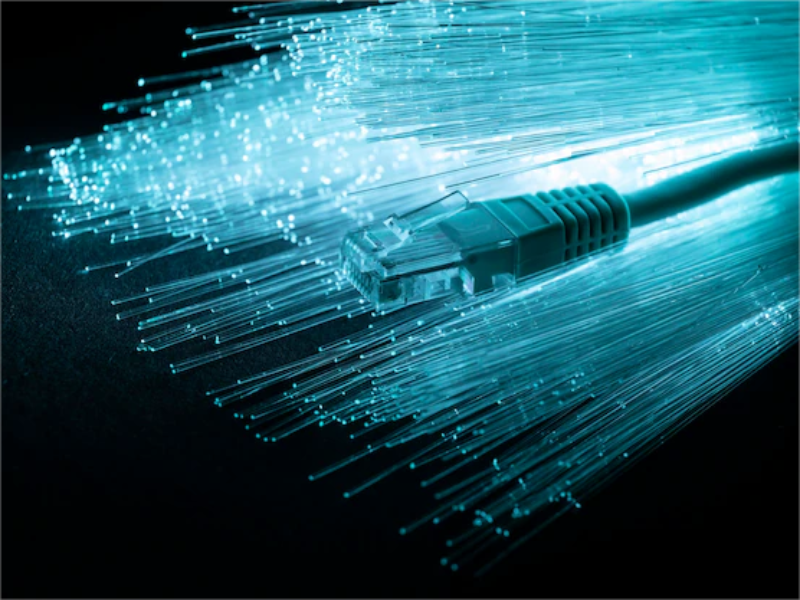- Fibre-optic transceivers convert signals for seamless data transfer.
- They support fast, reliable connections in telecom and data centers.
———————
A fiber optic transceiver is essential in modern communication networks. It converts electrical signals to optical ones and back again, enabling high-speed data transfer through fiber-optic cables. These devices support internet, telecom, and enterprise networks, ensuring fast and reliable connectivity. But how do they work, and why are they so important?
Also read: When to use multimode fibre and single-mode fibre
Also read: Verizon uses AI to prevent underground fiber damage
How do fibre optic transceivers work?
Fibre optic transceivers connect electronic devices to fiber optic cables. They include a transmitter that turns electrical signals into light pulses and a receiver that converts light pulses back into electrical signals. This process enables fast, reliable data transfer over long distances with minimal loss.
Key components of a fibre optic transceiver
- Transmitter: Converts electrical signals into optical signals via a laser or LED.
- Receiver: Converts light signals back into electrical output using a photodiode.
- Connector: Links the transceiver to fiber cables, ensuring smooth data flow.
Types of fibre optic transceivers
Different transceivers suit varied applications:
- SFP (Small Form-factor Pluggable): Compact and suitable for dense networks.
- QSFP (Quad Small Form-factor Pluggable): Handles high data rates in data centers.
- BiDi (Bidirectional): Uses one fiber for two-way communication.
Why fibre optic transceivers matter
Fibre optic transceivers are vital for handling large data volumes with speed and efficiency. Industries like telecom, IT, and cloud computing depend on them. Without transceivers, modern networks would struggle to meet today’s demands.
Innovations in transceiver technology are also enhancing performance and reducing energy use, making them a sustainable choice for future networks.
A fiber-optic transceiver is indispensable for high-speed communication. By efficiently converting signals and supporting diverse applications, these devices form the backbone of modern networks. As digital needs grow, their importance will only increase, ensuring reliable and sustainable connectivity.

